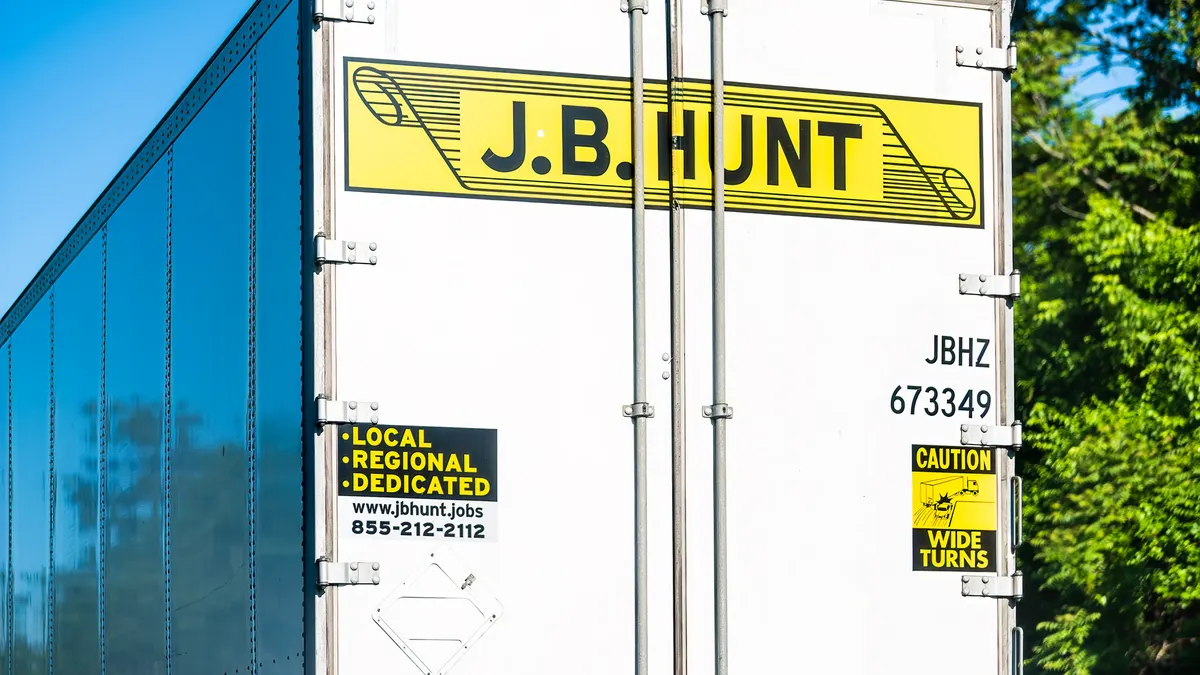The freight market is now in year three of an “unusually long downward freight cycle” and carriers are using lessons from the past to prioritize profitability and survive the ongoing soft environment, AFS Logistics CEO Andy Dyer said in a press release.
The truckload market reversed a trend of year over year declines — recording a 1.5% increase year over year in Q3, according to the TD Cowen/AFS Freight Index released Oct. 15. The LTL market on the other hand continues to leverage cost per shipment over volumes, helping it hold steady on prices.
To combat the soft market, LTL carriers are emphasizing yield rather than volume, proven to be a successful formula in previous down freight cycles, AFS Logistics VP of LTL Pricing Mich Fabriga said in the release. This holds true even when facing negative indicators like the Institute for Supply Management’s latest Purchasing Managers’ Index, which was 49.1% in September, suggesting another month of general stagnation in the manufacturing sector.
The LTL cost per shipment went down 0.7% in Q3 YoY while weight was down 7.4%. “A longer-term indication of carriers' successful yield management and margin protection efforts is that cost per shipment has held steady at elevated levels since Q2 2023 – a period of nine straight quarters,” per the index.
In Q4, the LTL rate per pound index is expected to remain above January 2018 baseline figures making it eight straight quarters of YoY growth.
Truckload carriers are having a bit of a harder time than LTL with excess capacity and suppressed rates, even with some positive signs from the economy.
Some positive indicators for truckload include the GDP growth in Q2 and a quarter point rate cut last month that paint a more encouraging picture for carriers, per the TD Cowen/AFS Freight Index.
Even with some positives it’s still not enough to counteract the effects on rates that have been suppressed for close to three years. “In Q4 2025, the truckload rate per mile index is projected to reach 6.1% above the January 2018 baseline – a modest 0.1% QOQ increase and 0.9% YOY increase, but the 11th straight quarter with rates at or below 6.2%,” according to the freight index.










